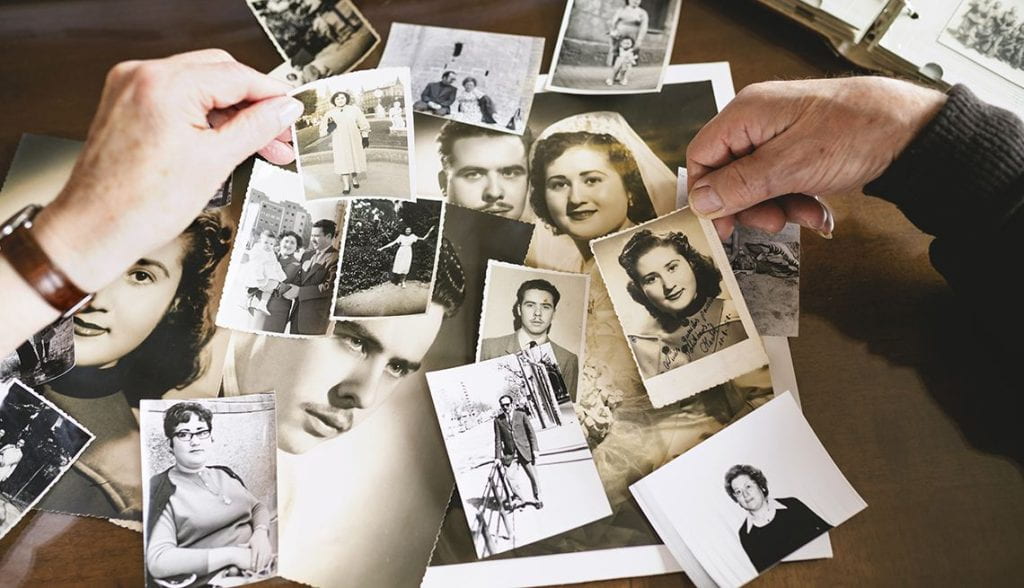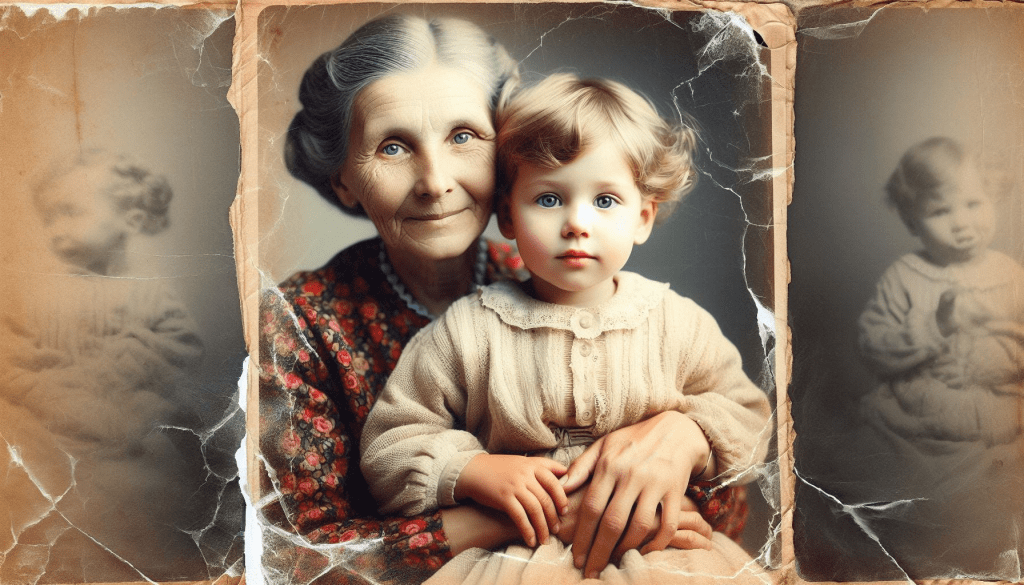Film photography has seen a resurgence in recent years, with many people embracing its unique aesthetic and nostalgic charm. However, one crucial step in the film photography process often remains a mystery to newcomers: film processing. This guide will take you through the ins and outs of film processing, shedding light on what it entails, why it’s essential, and how you can find the best film processing services to bring your images to life.
What is Film Processing?
Film processing refers to the series of chemical steps used to develop photographic film after it has been exposed. Whether you’re shooting with black and white film, color negative film, or slide film, each type requires specific processing techniques to reveal the images captured on the film. This process transforms the latent images into visible photographs, allowing you to see the fruits of your artistic labor.
The Steps in Film Processing
Understanding the film processing journey can help demystify what happens to your film after you’ve taken your shots. Here’s a breakdown of the essential steps involved:
1. Developing
The first step in film processing is developing the film. This involves placing the film into a series of chemical baths, which include developer, stop bath, and fixer. The developer converts the exposed silver halides on the film into metallic silver, creating the image.
- For Black and White Film: The developer is typically a more straightforward process with fewer chemicals involved. It generally takes about 10-15 minutes to develop.
- For Color Film: The process can be more complex and time-consuming, often requiring a temperature-controlled environment.
2. Washing
After the film has been developed, it needs to be washed to remove any residual chemicals. This is crucial to prevent the film from becoming damaged or discolored over time. Washing usually involves running the film under water for several minutes.
3. Drying
Once the film has been washed, it’s time to dry it. This can be done using a film dryer or by hanging the film in a dust-free area. Proper drying is essential to ensure no water spots or dust settle on the film surface.
4. Cutting and Storing
After the film has dried completely, it can be cut into strips and stored in protective sleeves. This step helps preserve your negatives and makes them easier to scan or print in the future.
Why Film Processing Matters
Film processing is not just a technical step; it plays a significant role in the final look of your photographs. The choices made during the processing stage can affect contrast, color saturation, and even grain.
Here are a few reasons why film processing is crucial:
- Quality Control: Proper processing ensures that your images come out as intended, capturing the beauty and details of your shots.
- Creative Control: Many photographers experiment with different developers and processing techniques to achieve specific looks. For instance, pushing or pulling film can create unique effects and alter the final image.
- Archiving Memories: Well-processed film negatives can last for decades, allowing you to preserve your memories and revisit them in the future.

Finding the Right Film Processing Services
As a film photographer, finding reliable film processing services is essential to achieving the best results.
Here are some tips for selecting the right service for your needs:
Research Local Labs
Look for local labs that specialize in film processing. Reading reviews and checking their portfolios can help you gauge their expertise and the quality of their work.
Ask About Their Process
Don’t hesitate to ask questions about their film processing techniques. Understanding their approach can give you confidence in their abilities. Make sure they use high-quality chemicals and follow proper procedures.
Inquire About Turnaround Times
Film processing times can vary, so be sure to ask about their turnaround times. If you need your photos quickly, look for a lab that offers expedited services.
Check Pricing
Pricing can differ significantly between labs. Compare prices while considering the quality of their work. Remember that cheaper isn’t always better; investing in quality processing can yield stunning results.
Conclusion
Understanding film processing is essential for anyone passionate about film photography. It’s the bridge between capturing moments and revealing them in all their glory. With the right knowledge and reliable film processing services, you can ensure that your images are developed to perfection.
If you’re looking for a trusted name in film processing, consider Photo-60 Studio. They offer top-notch services to help bring your film photography to life, preserving your memories with care and precision. Whether you’re a seasoned pro or just starting your film journey, Photo-60 Studio has got you covered!






